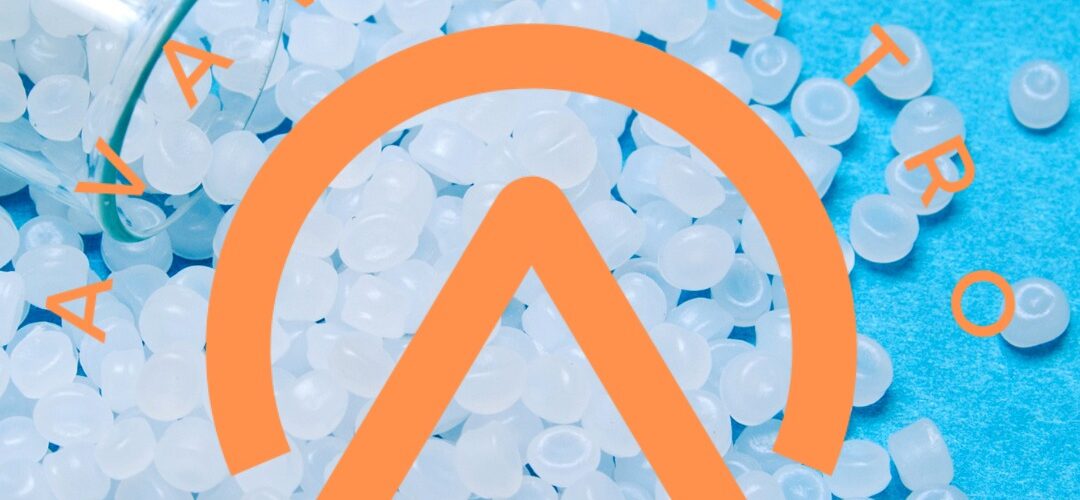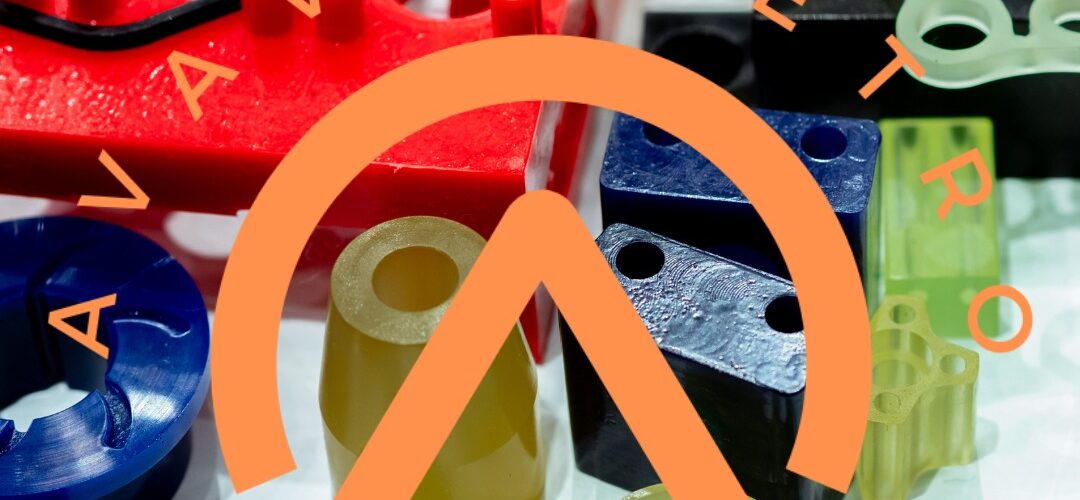High Performance Polyethylene: Unveiling the Game-Changing Properties
Polyethylene, a thermoplastic polymer, has revolutionized various industries with its remarkable versatility and functionality. Among its various forms, High Performance Polyethylene (HPPE) stands out as an exceptional engineering material. This article delves into the intricacies of HPPE, exploring its unique properties, applications, and advantages that position it as a frontrunner in modern manufacturing and industrial processes.
- Understanding High Performance Polyethylene
High Performance Polyethylene is a specialized type of polyethylene engineered with distinct properties to offer superior strength, durability, and resistance. Its exceptional performance is attributed to its molecular structure, characterized by extended chain crystallinity, which contributes to its enhanced mechanical properties.
- Properties that Redefine Performance
- Exceptional Strength: HPPE exhibits remarkable tensile strength, surpassing that of standard polyethylene. This enhanced strength makes it an ideal choice for demanding applications requiring robust materials.
- Chemical Resistance: One of the distinguishing features of HPPE is its exceptional resistance to various chemicals, acids, and solvents. This property makes it invaluable in industries where exposure to corrosive substances is prevalent.
- Abrasion Resistance: HPPE’s high resistance to abrasion and wear ensures prolonged durability, making it suitable for applications involving friction and mechanical stress.
- Low Coefficient of Friction: Its low coefficient of friction makes it an excellent choice for applications requiring reduced frictional resistance, enhancing operational efficiency.
- Applications Across Industries
The versatility of High Performance Polyethylene transcends across multiple industries, owing to its exceptional properties. Its applications include but are not limited to:
- Medical Devices: HPPE finds extensive use in manufacturing medical implants, prosthetics, and components due to its biocompatibility and durability.
- Defense and Armor: Its high strength and impact resistance make it a preferred choice in ballistic armor and protective gear.
- Industrial Equipment: HPPE’s chemical resistance and durability make it indispensable in pipelines, storage tanks, and machinery components.
- Sports Equipment: The material’s robustness and lightweight nature contribute to its use in sports gear such as helmets, ropes, and protective padding.
- Advantages of High Performance Polyethylene
- Cost-Efficiency: Despite its superior performance, HPPE offers cost-effective solutions due to its durability and longevity, reducing maintenance and replacement expenses.
- Environmental Friendliness: Its recyclability and potential for reuse align with sustainable practices, contributing to a greener manufacturing ecosystem.
- Conclusion
In conclusion, High Performance Polyethylene emerges as a game-changer in modern materials engineering. Its unparalleled combination of strength, durability, chemical resistance, and versatility makes it an indispensable choice across diverse industries. The continuous innovation and application of HPPE promise to reshape the landscape of manufacturing and technological advancements.
Written by Emir Narin










